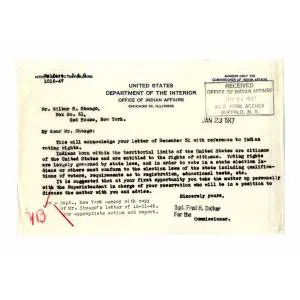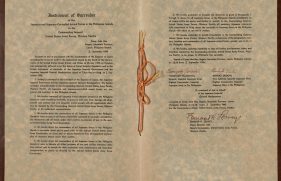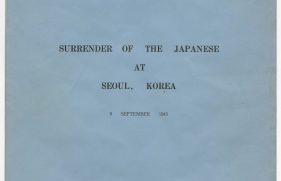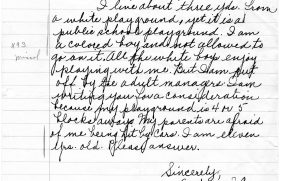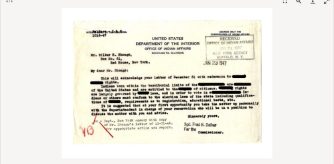In this letter to Wilbur H. Shongo, an official at the Office of Indian Affairs responds to a question regarding the voting rights of American Indians in New York.
Voting rights are largely governed by states and citizenship status. American Indians were not universally granted citizenship until 1924, and states interpreted voting rights differently. Some states didn’t extend suffrage to American Indians until well into the 20th century.
American Indians were able to vote in New York State in 1947. It was not until 1962, however, that the final state, Utah, removed restrictions that prevented American Indians from voting.
The Voting Rights Act of 1965 focused primarily on enfranchising African Americans in the South, but the act and its extensions also safeguarded the voting rights of many other minority Americans. This was further expanded by the Voting Rights Act of 1975 which aimed to protect women and men in language minorities, including American Indians, from discrimination at the polls.
